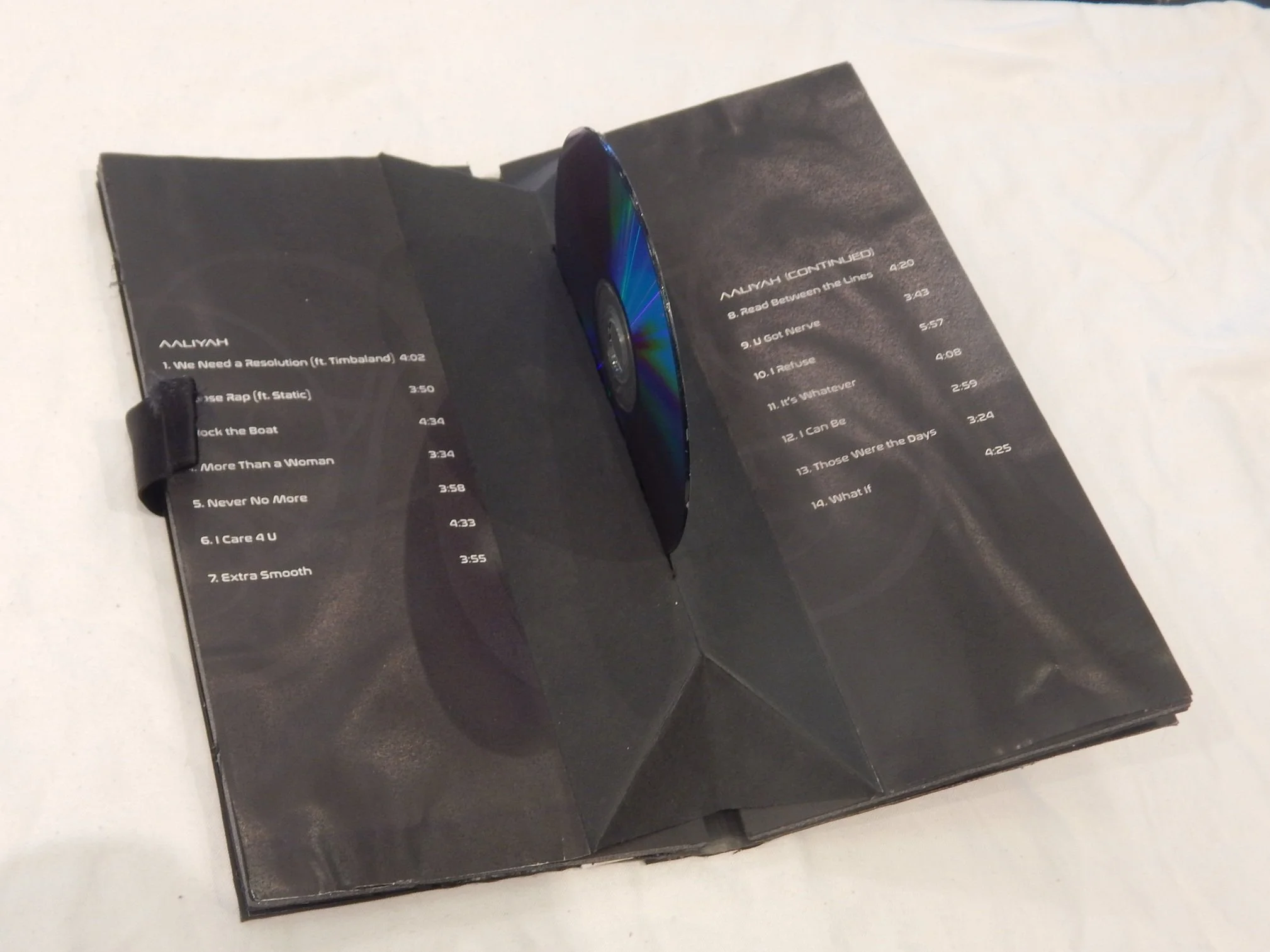What do I need to learn to be a graphic designer?
Photo by feliperizo.co | heart made on Unsplash
Graphic design can cover a LOT of different areas and that’s what I wanted to cover for those either looking to go to college or to try and teach themselves. I think learning design can be an overwhelming task so in this blog post, I would like to cover different areas, topics, and tools to get a good understanding of graphic design.
Do I need to go to college for design or can I teach myself?
I see a lot of questions and arguments about if you need to get a degree in graphic design or not. Personally I think it depends on what your end goal is.
If you desire to only be a freelancer, I think you could get away with not having a degree. There are a lot of online classes and courses to take. Plus, there are places online you can get jobs from such as Upwork and Fivver.
But if you want a traditional job, you will need a degree because a lot of employers expect you to have (usually) a bachelor’s.
But I also think design majors are really good for teaching design theory and putting you in critiques. I think having critiques when you’re first starting out is really beneficial because it helps you understand how to improve as a designer and what you do well already.
Design theory isn’t just about creating fancy designs, but it’s about knowing your method, how to come up with ideas, and how to communicate them. It’s also learning the how and why behind certain design “rules” with typography and colors and other topics. You can get some of it on your own, but it’s really important to study the theory of design and understand the basics such as form, shape, line, repetition, color, etc.
Also those designers you meet in school can be good connections later on, not to mention fun collab buddies. Graphic Design is all about the connections you make and so I think even if you’re trying to self -teach, to find ways to connect with other designers even if its online Facebook groups.
What kinds of graphics work should I do?
This all depends on WHAT you want to create. Traditional graphic design deals a lot paper and handmade products. Modern graphic design deals with not only the physical products, but digital as well. Here are some common things you will want to at least know how to design…
packaging
advertisements
Posters
Brochures
Book Covers
Magazine Layout
Photo editing
Illustration
Editorial layout
Branding
Style Guides
Logos
Newsletters
Etc.
When it comes to learning modern design, graphic designers also need to at least have a basic understanding of how to design products to be viewed physically but digitally as well.
person holding space gray iPhone 6 displaying i design and develop experiences that make people's lives simple text By Ben Kodle on Unsplash
Digital design is a concentration of graphic design that leads to a whole other ballpark with it’s own set of rules and fun ideas.
UX Design
UX research
UI Design
Web Design
Animation
Front end development
digital marketing
Email marketing
Newsletters
Interactive Media
Digital Advertisement
3D printing
Responsive Design
App design and development
Etc.
What technology and programs should I learn?
Depending on what kind of design you want to do will determine the programs and equipment you learn. Programs such as Photoshop, Illustrator, and In-design are the most common and most important and I believe all designers should learn how to use these. Yes there are other programs out there besides Adobe, BUT it is the most widely known and used.
As for digital design, you have a lot more options and programs to choose from and play around with such as:
After Effects
Adobe Edge
Adobe CC
Blender
Figma
Invision
Sketch
Azure
Dreamweaver
Sublime Text
Visual Studio Code
Wordpress
Squarespace
Canva
etc.
Know how to use physical items and how to put them together!
I believe even as we transition to a more digital world, I believe that knowing how to use items in the physical realm is important and can make design more exciting. Learn how the printing process works, how to use a die cut for a packaging template, what materials like vellum, rice paper, felt, silk, different kinds of glue, feel and function. How does Micron pens write on cardstock vs felt tip pens?
Photo by Jazmin Quaynor on Unsplash
Learn subjects outside of design
Business and Marketing I believe taking a couple of classes in business and marketing will only help you become a better designer. After all, design is just trying to visually sell something to someone, isn’t it? IS IT? Learn about economics, how to manage people, how to market on social media, what SEO is, etc.
Computer science and programming Especially if you want to become a web designer and get into the more tech-y parts of design, learning a little bit of computer science and how to program in HTML, CSS, and Javascript (among others like Ruby and PHP) are essential! Wordpress and Squarespace are great to know as well.
Art I believe learning more about art is essential to graphic design. A lot of art influences design and vise versa. Plus, I think art can be really inspiring and lead to a lot of interesting ideas you might not have considered otherwise. Take some classes in painting, sketching, drawing, illustration, mixed media, sculpture, etc. Plus there are really fun topics like letterpress and calligraphy.
English and Communication I think that learning how to write and communicate is an absolute must for any designer. So much of design deals with typography, it’s only a natural step anyways. Plus, a lot more employers are looking for great communications skills. So take some journalism classes, learn how to research, how to interview people, how to write a report, how to edit a document. Technical writing, creative writing, blogging, podcasting, how linguistics work, learning how to storyboard, how to shoot and edit video and sound, etc.
Science and History Taking one or two classes in sociology or psychology would be very useful for subjects like UX and UI. Dark patterns exist. Environmental science these days would also be really useful.
Learn as much as possible. I believe graphic design can be applied to almost any other work and as designers, we will end up having to research subjects we know nothing about. Even really boring stuff. You will work for companies such as ones that deal with farming equipment and suddenly also need to understand agriculture.
Photo by Ian Schneider on Unsplash
The best way to learn is simply by doing
Finally, there is a lot to learn about design by simply designing. A lot of design can’t always be taught in classrooms, in person or online. Therefore, I believe especially if you’re not sure what exactly you want to do, you should try to get as much experience as possible.
How to get experience
Get a job doing something design related
Volunteer or do pro bono work for a non profit (these can help you get a better sense of what you like and don’t like and lead to networking and more opportunities in the future)
Enter contests
Attend professional networking events or organizations like AIGA.
Ask friends and family if they need any design help or reach out to local small businesses
Take online design classes on places like Linkedin Learning and Skillshare
Attend workshops
Use browser developer tools to examine the code of websites you really enjoy
Read blogs and articles related to design
Look at other design portfolios
Read BOOKS
Find resources for learning about other non-design topics like creative writing, mythology, languages, and linguistics for the fun of it and because they can give you cool ideas.
Do practice designs and case studies by redesigning your favorite or not so favorite products
Join online discussions about design by searching hashtags on Twitter or FB groups
Look up design related questions on sites like Quora and Stack overflow
“What do you wish you learned more of when you started your career or want to learn right now?”














